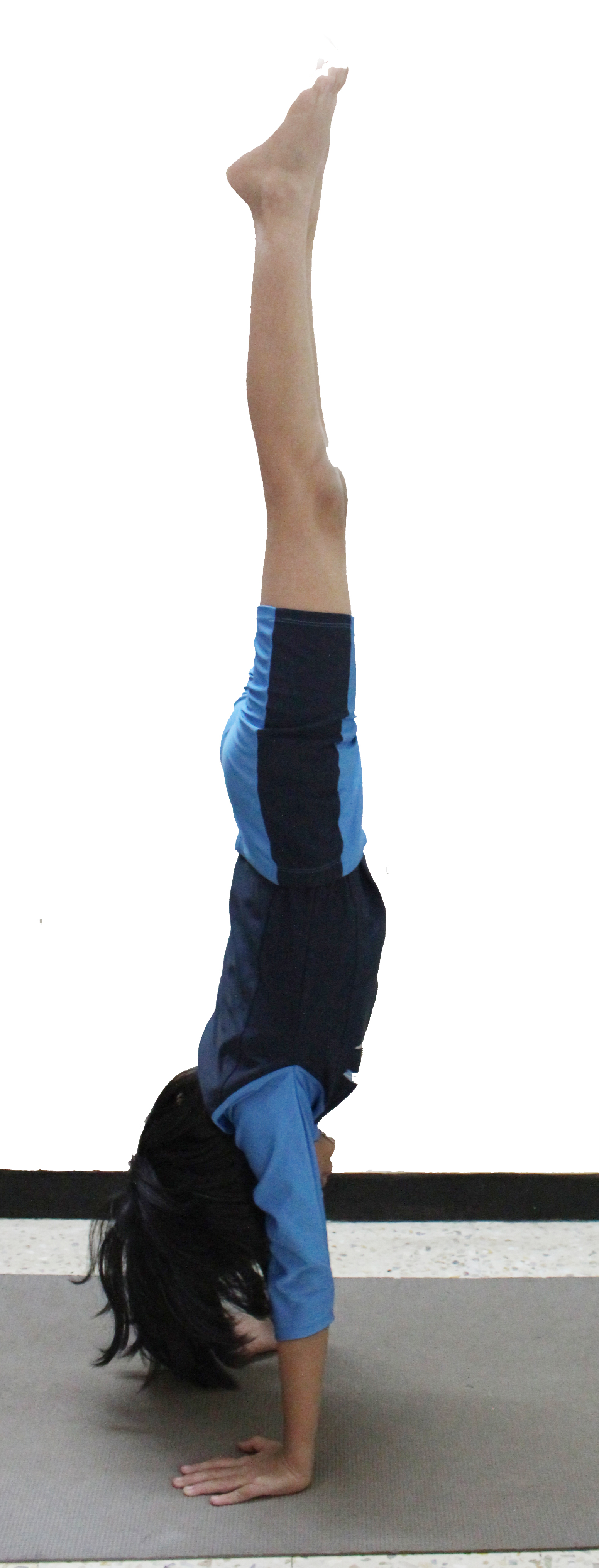Agnistambhasana
{Burning log Pose}-
Steps And Benefits
Agnistambhasana is a Sanskrit word which is made up of the combination of three words Agni+ Stambha+ Asana. In which Agni is refer to as Fire, Stambha means Statue and the meaning of Asana is seat, pose or posture. This Asana is also known as Burning log pose, Double pigeon pose and Fire log pose. This pose comes under the level of intermediate and it’s a hip opening asana. From a basic folded legs position, the shins are stacked on top of each other by putting the left lower leg on top of the right knee, then sliding the right foot forward until it is underneath the left knee. With a level back, the abdominal area folds forward to extend the stretch.
Steps of Agnistambhasana (Burning log pose)
- Sit on the yoga mat with knees bent, and keep your feet on the ground.
- Slowly lift up your shoulders and strongly roll the heads of your upper arm bones back. Now press the bottom tips of shoulder blades into your backward direction.
- Put your left foot under your right leg to the outward direction of your hip; keep your outer leg on the floor. Drift (stack) your right leg on your left leg. Make sure that your right ankle is outside the left ankle.
- If your hips are more flexible then, you can also slide your left shin in forward direction under the right. Keep your left heel beside your right hip.(In case of tight hips then and you feel uncomfortable then sit in Sukhasana )
- Press your heels and expand your toes.
- Keep your front trunk long, breathe out and fold forward from your crotches (groins). Make sure not to round forward from your gut (belly).
- Keep some space between your navel and pubis long. Keep your hands on the floor before your calf.
- While breathing, note that how your trunk or torso lift up slightly; when it does, try to lengthen from your pubis to your sternum after that on next breathe out , fold it deeper.
- Remain in this pose for 1 or 3 minutes. Breathe in and release the pose, sit comfortably in Sukhasana (Easy pose). Repeat the process with the left leg on top.
Benefit of Agnistambhasana
- It is very effective in opening up the hips and groins.
- It additionally fortifies the stomach organs and increases flexibility.
- Relieves anxiety, tension and stress.
- Good exercise for hips and groin flexibility.
Preparatory poses: – Supta Baddha Konasana, Baddha Konasana.
Follow-up poses: – Bharadvajasana, Paschimottanasana
Level of Asana: – Intermediate
Note:
In case of Knee injuries, ankle injuries avoid this asana. If your hips or groin then sit in Sukhasana and gently try this.
